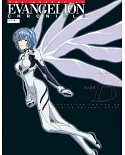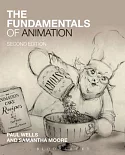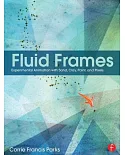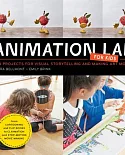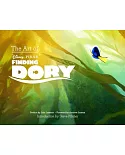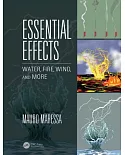Animation variously entertains, enchants, and offends, yet there have been no convincing explanations of how these films do so. Shadow of a Mouse proposes performance as the common
touchstone for understanding the principles underlying the construction, execution, and reception of cartoons. Donald Crafton's interdisciplinary methods draw on film and theater studies, art
history, aesthetics, cultural studies, and performance studies to outline a personal view of animated cinema that illuminates its systems of belief and world making. He wryly asks: Are
animated characters actors and stars, just like humans? Why do their performances seem live and present, despite our knowing that they are drawings? Why is animation obsessed with distressing
the body? Why were California regional artists and Stanislavsky so influential on Disney? Why are the histories of animation and popular theater performance inseparable? How was pictorial
space constructed to accommodate embodied acting? Do cartoon performances stimulate positive or negative behaviors in audiences? Why is there so much extreme eating? And why are seemingly
insignificant shadows vitally important? Ranging from classics like The Three Little Pigs to contemporary works by �vankmajer and Plympton, these essays will engage the reader's
imagination as much as the subject of animation performance itself.





